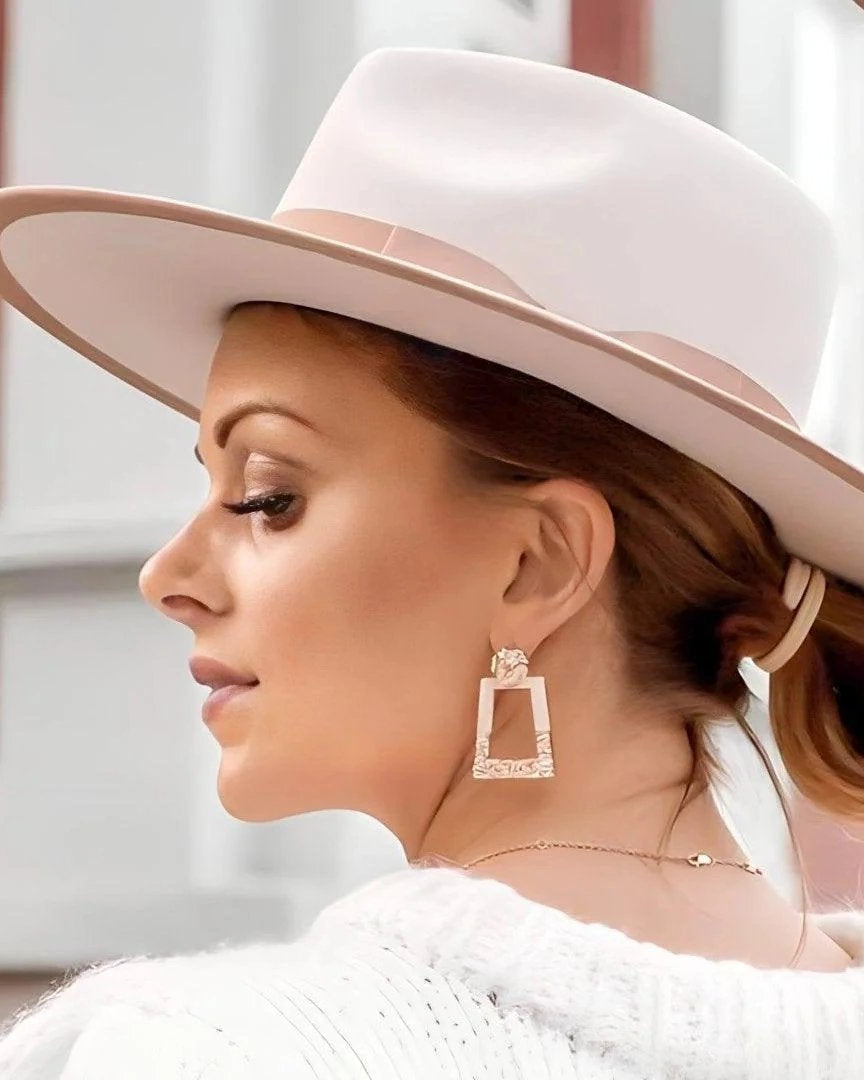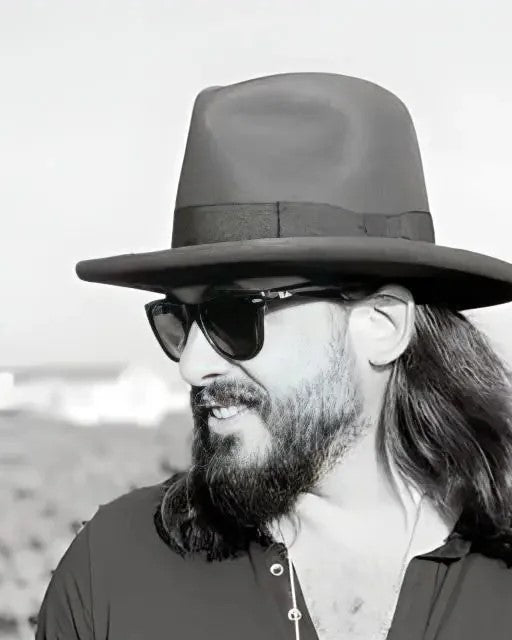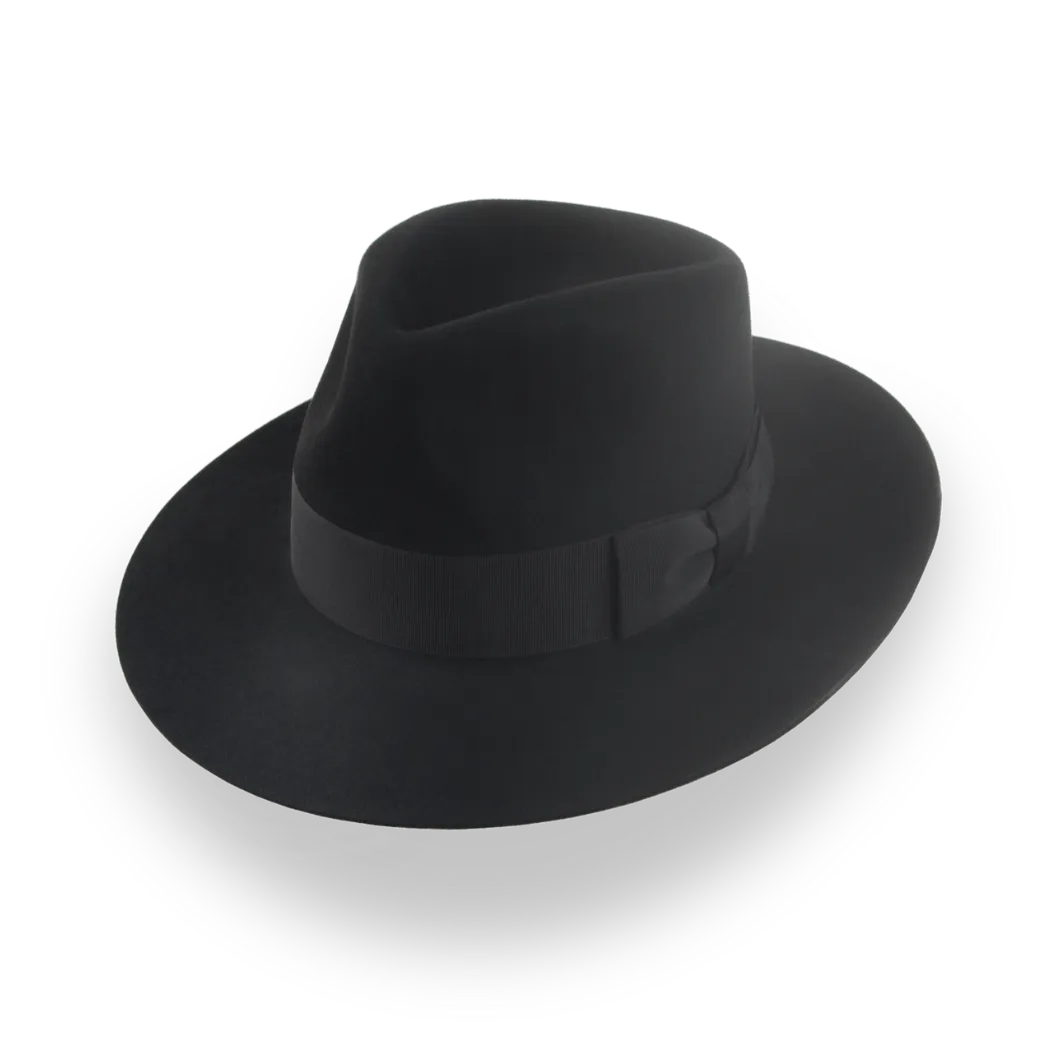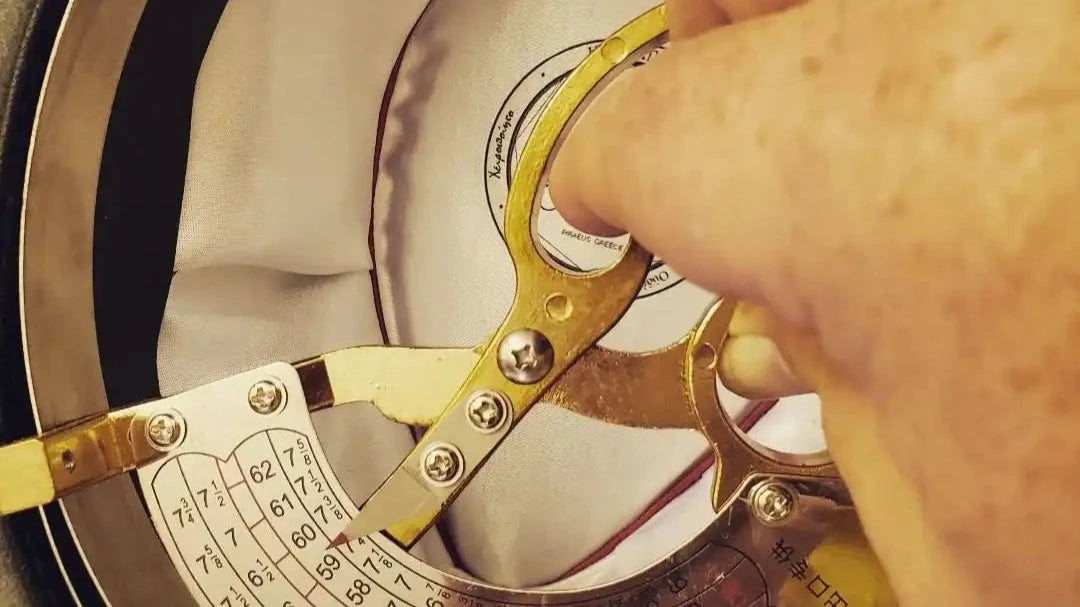Depuis les temps anciens jusqu'à la mode moderne, les chapeaux en feutre ont été une partie importante de l'histoire humaine. Ces chapeaux polyvalents ont été portés par des nomades, des nobles et des créateurs de tendances, évoluant de nécessités pratiques à des déclarations de mode emblématiques. Venez avec nous dans un voyage à travers le temps alors que nous explorons l'histoire fascinante des chapeaux en feutre, de leurs débuts modestes à leur rôle actuel d'accessoires intemporels.
Qu'y a-t-il à l'intérieur : Votre guide de l'histoire du chapeau en feutre
- Commencements Anciens : Comment le Feutre Était Fabriqué
- Civilisations anciennes : Chapeaux en feutre dans les cultures primitives
- Le Moyen Âge : Chapeaux en feutre en Europe
- Renaissance et après : les chapeaux en feutre comme symboles de statut
- La Révolution industrielle : nouveaux styles et production de masse
- Le 20e siècle : l'âge d'or des chapeaux en feutre
- Modern Times: Revival and Reinvention
- Tendances Modernes de la Mode des Chapeaux en Feutre
- Questions Fréquemment Posées
- L'avenir des chapeaux en feutre
- Conclusion : L'héritage durable des chapeaux en feutre
- Lectures suggérées
Commencements Anciens : Comment le Feutre Était Fabriqué
L'histoire des chapeaux en feutre commence dans les temps anciens, avec la découverte du feutre lui-même. Le feutre est un type de tissu fabriqué en agglomérant et pressant des fibres ensemble, souvent à partir de laine. Il est épais, durable et a été utilisé par les gens pendant des milliers d'années. Le feutre est l'un des tissus les plus anciens connus et on pense qu'il a été inventé en Asie centrale vers 6000 avant notre ère.
Selon la légende, Saint Clément, le saint patron des fabricants de chapeaux en feutre, a découvert le feutre par accident lorsqu'il a mis de la laine dans ses sandales pour éviter les ampoules lors d'un long voyage. À son arrivée, la laine avait été compressée par la chaleur, l'humidité et la pression, se transformant en feutre.
Les archéologues pensent que les premières feutres ont été fabriquées par des tribus nomades en Asie centrale. Ces peuples utilisaient le feutre pour de nombreuses fins, y compris les vêtements, les tentes et les chapeaux. Le plus ancien chapeau en feutre connu, trouvé dans une tombe en Sibérie, remonte à environ 600 avant notre ère.
Civilisations anciennes : Chapeaux en feutre dans les cultures primitives

À mesure que les civilisations se développaient et que le commerce s'étendait, la fabrication de feutre s'est répandue dans le monde antique. Différentes cultures ont créé leurs propres styles de chapeaux en feutre :
- Bonnet Phrygien : Un chapeau conique en feutre de l'ancienne Anatolie (la Turquie actuelle) qui est devenu un symbole de liberté et a été plus tard adopté par les Romains.
- Pileus : Un simple bonnet en feutre sans bord porté dans la Grèce et la Rome antiques, souvent associé au dieu Héphaïstos.
- Kulah persan : Un chapeau en feutre haut et conique porté par les nobles persans, souvent décoré de bijoux et de plumes.
- Chapeaux en feutre scythes : Les Scythes nomades des steppes eurasiennes fabriquaient des chapeaux en feutre élaborés, dont certains ont été préservés pendant plus de 2 000 ans.
Le Moyen Âge : Chapeaux en feutre en Europe

La fabrication de chapeaux en feutre est devenue très populaire dans l'Europe médiévale, avec la formation de guildes de chapeliers (groupes d'artisans spécialisés dans la fabrication de chapeaux) dans les grandes villes. L'expression « fou comme un chapelier » vient de cette époque car les chapeliers utilisaient du mercure dans le processus de feutrage, ce qui causait des problèmes neurologiques.
Les développements clés durant cette période incluent :
- Le chapeau à large bord, qui offrait une protection contre le soleil et la pluie.
- La création du chapeau de sorcière conique, peut-être inspirée par les hauts chapeaux pointus portés par les hommes juifs médiévaux.
- La casquette plate, un chapeau populaire parmi la classe ouvrière en Angleterre.
Renaissance et après : les chapeaux en feutre comme symboles de statut
Pendant la Renaissance, les chapeaux en feutre sont devenus des symboles de statut social et de profession. L'église, les nobles et différents métiers avaient tous leurs propres styles de chapeaux :
- Le chapeau de feutre rouge, ou galero, porté par les cardinaux, symbolisait le rang dans l'église.
- Le chapeau cavalier à large bord, décoré de plumes, était populaire auprès de la noblesse.
- Le chapeau en feutre noir était associé aux Puritains et aux réformateurs religieux.

La Révolution industrielle : nouveaux styles et production de masse

La Révolution industrielle a changé la façon dont les chapeaux en feutre étaient fabriqués. Les machines, telles que la machine à former les chapeaux, ont permis une production plus rapide et plus homogène, rendant les chapeaux en feutre plus abordables pour le grand public. De nombreux styles de chapeaux classiques sont nés à cette époque :
- Le haut-de-forme, inventé à la fin du XVIIIe siècle, est devenu un symbole de la haute société.
- Le chapeau melon, créé en 1849, a été conçu comme un chapeau durable pour les gardes-chasse mais est devenu populaire auprès de la classe ouvrière.
- Le homburg, introduit dans les années 1890, est devenu populaire après avoir été porté par Édouard VII d'Angleterre.
Le 20e siècle : l'âge d'or des chapeaux en feutre
La première moitié du XXe siècle est souvent appelée l'âge d'or des chapeaux en feutre. Pendant cette période, de nombreux styles emblématiques ont été créés :
- Le fedora, rendu célèbre par les stars hollywoodiennes des années 1920, est devenu un symbole de sophistication.
- Le trilby, une version à bord plus étroit du fedora, était populaire dans les années 1960.
- Le chapeau porkpie, apprécié par les musiciens de jazz, est devenu associé à l'ère du bebop.
Modern Times: Revival and Reinvention
Dans la seconde moitié du 20e siècle, les gens ont commencé à porter des chapeaux moins souvent, mais au 21e siècle, les chapeaux en feutre ont fait leur retour. Aujourd'hui, les chapeaux en feutre sont appréciés pour leur style, leur savoir-faire et leur histoire :
- Les styles vintage comme le fedora et le trilby sont de nouveau populaires dans la mode masculine et féminine.
- Les créateurs haut de gamme ajoutent des chapeaux en feutre à leurs collections, souvent avec de nouvelles touches.
- Les artisans préservent les méthodes traditionnelles de fabrication de chapeaux, en confectionnant des chapeaux en feutre sur mesure pour les clients.
- Les tendances de la mode durable ont accru l'intérêt pour les matériaux naturels et durables comme le feutre de laine.
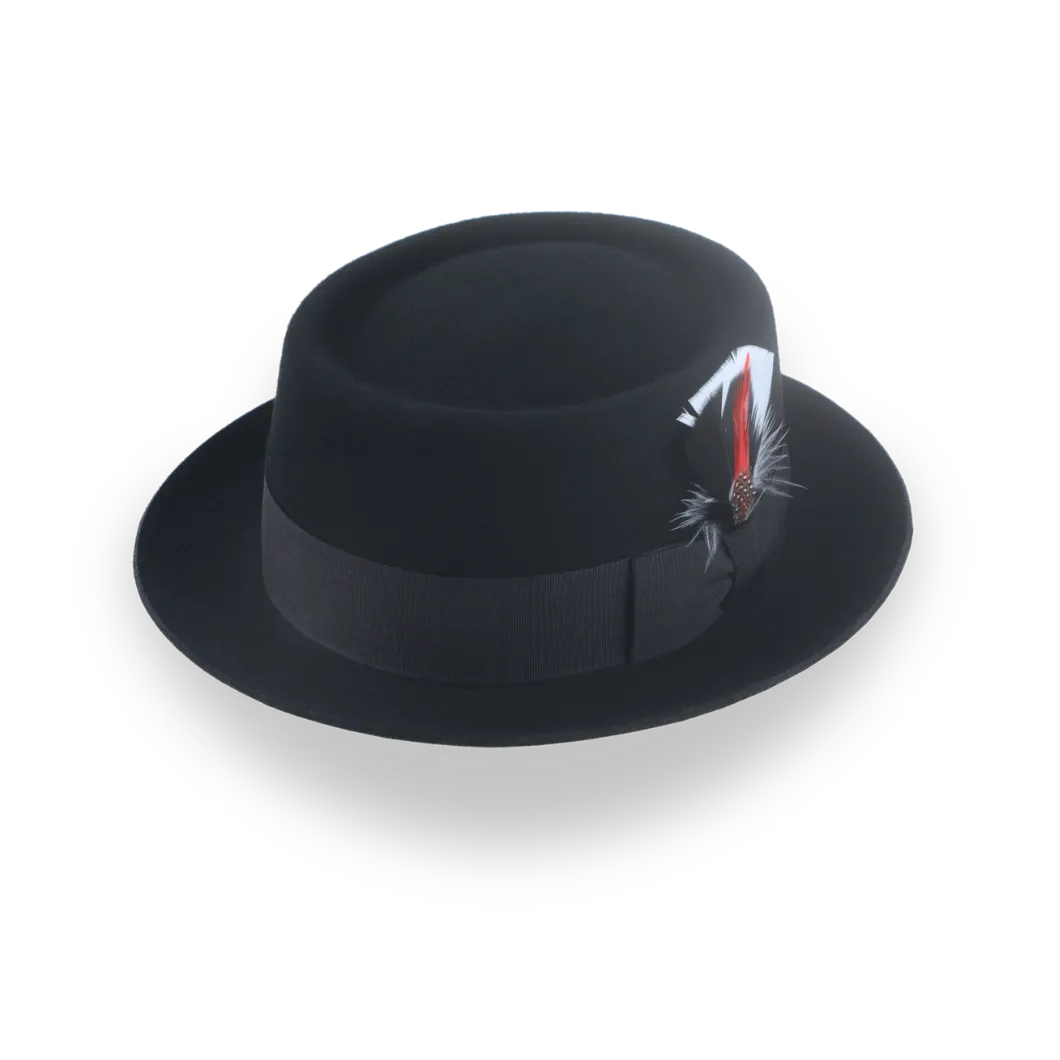
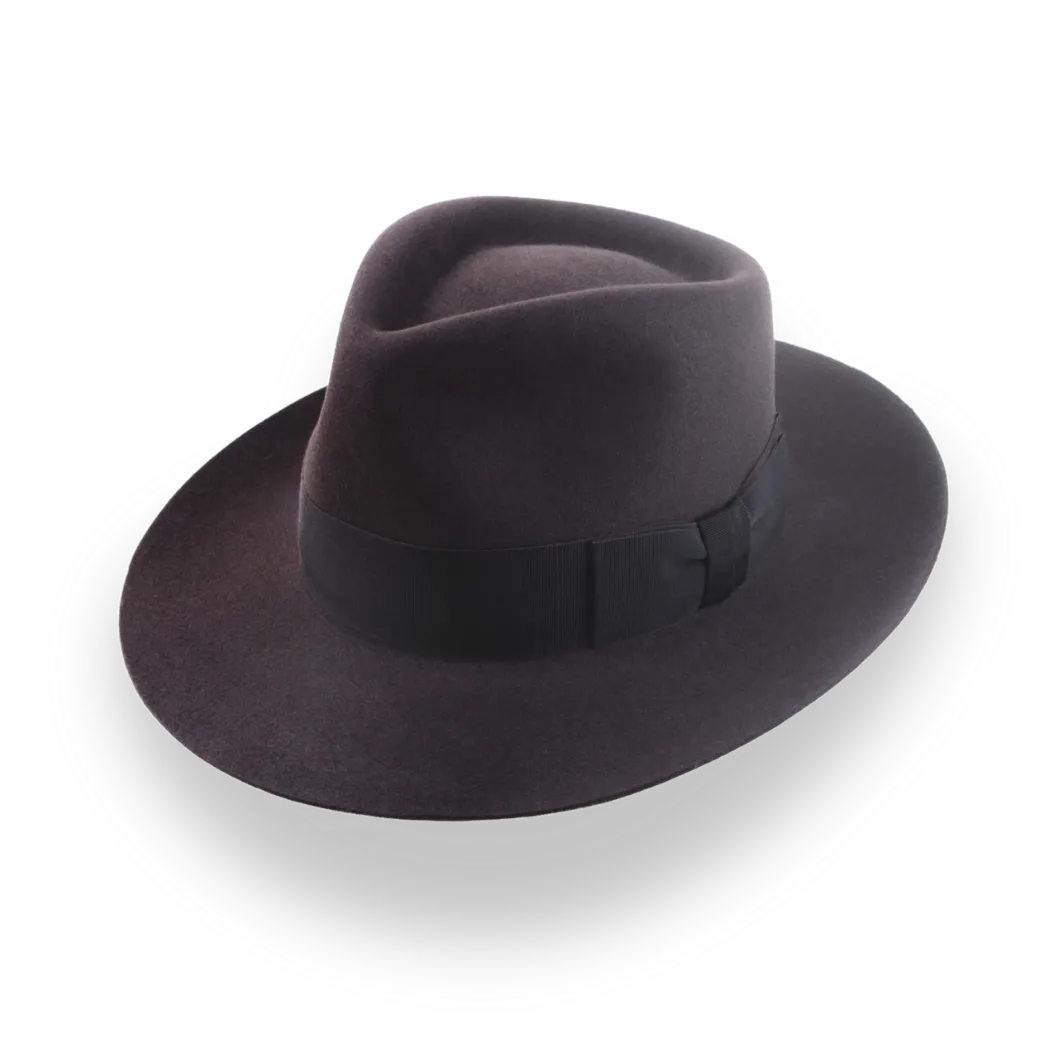
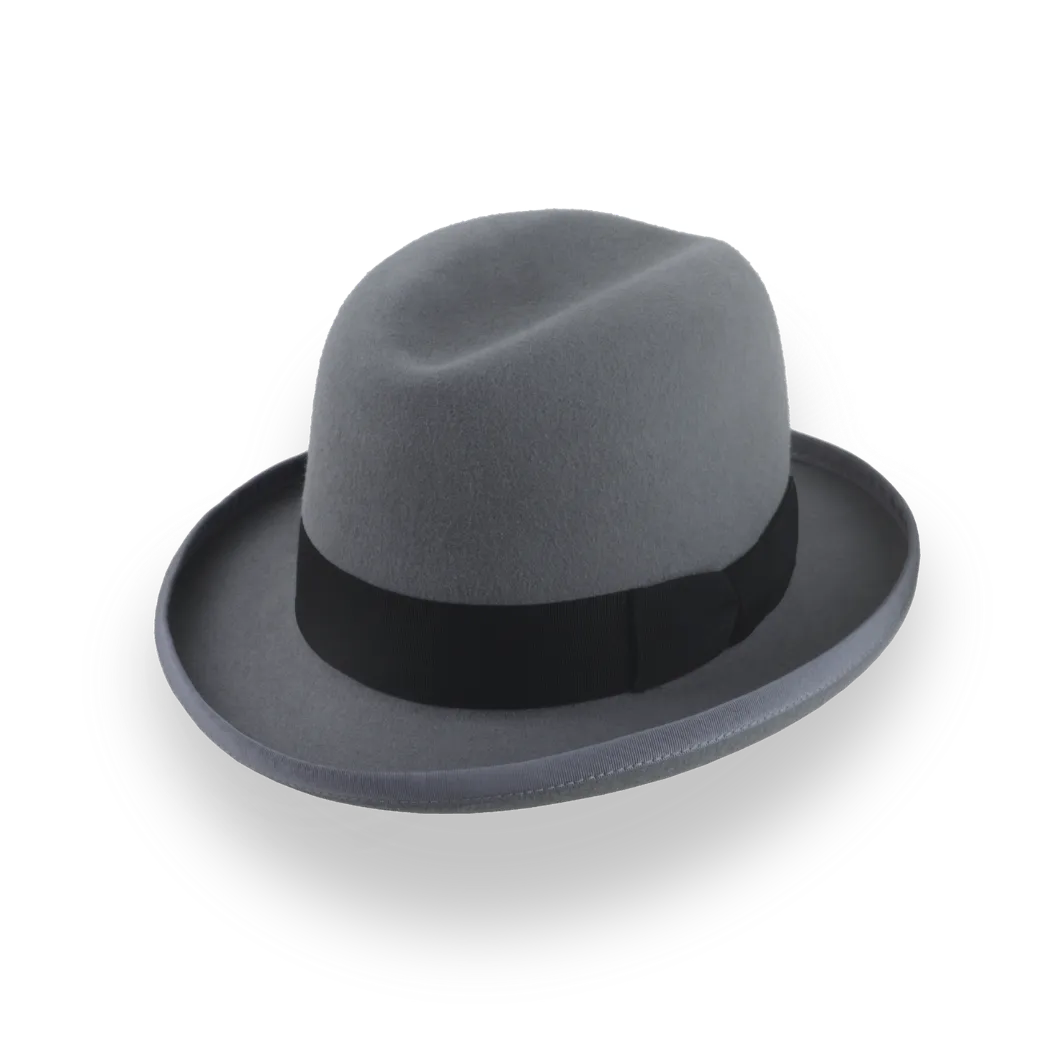
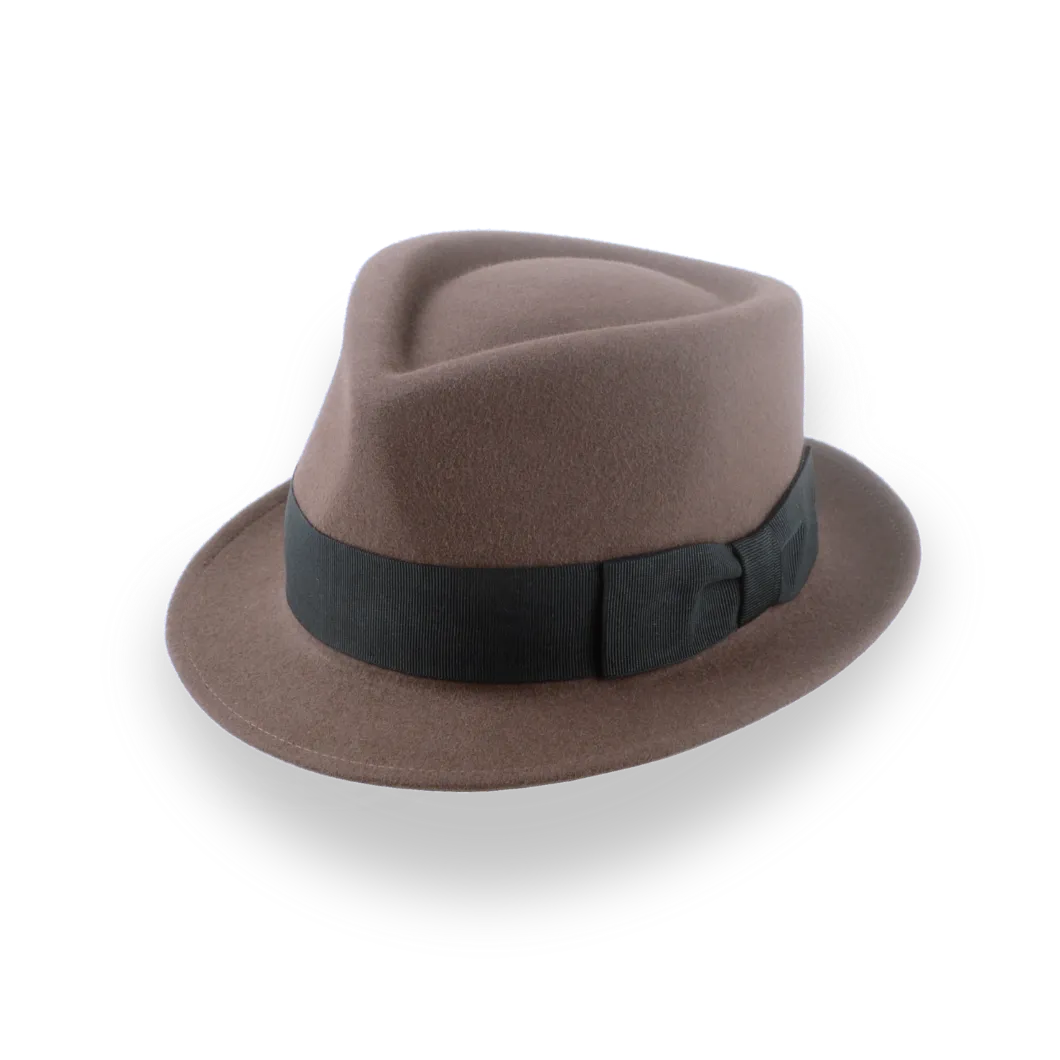
6000 av. J.-C.
On pense que le feutre a été inventé en Asie centrale.
600 av. J.-C.
Le plus ancien chapeau en feutre connu a été découvert dans une tombe en Sibérie.
Moyen Âge
La fabrication de chapeaux en feutre devient populaire en Europe, avec la formation de guildes de chapeliers dans les grandes villes.
Fin du XVIIIe siècle
Le haut-de-forme est inventé et devient un symbole de la classe supérieure.
1849
Le chapeau melon est créé comme un chapeau durable pour les gardiens de chasse.
années 1890
Le homburg est introduit et popularisé par Édouard VII d'Angleterre.
années 1920
Le fedora devient populaire, symbolisant la sophistication à Hollywood.
années 1960
Le trilby gagne en popularité en tant que version à bord plus étroit du fedora.
21e siècle
Les chapeaux en feutre connaissent une renaissance, alliant l'artisanat traditionnel à la mode moderne.
Tendances Modernes de la Mode des Chapeaux en Feutre
Alors que nous avançons dans le 21e siècle, les chapeaux en feutre continuent d'évoluer et de rester à la mode. Explorons quelques-unes des tendances actuelles :
Production durable et éthique
De nombreux fabricants de chapeaux se concentrent sur la fabrication de chapeaux de manière durable et éthique :
- Utilisant de la laine et de la fourrure biologiques, sans cruauté, provenant de fermes responsables
- Économiser l'eau dans le processus de feutrage
- Utiliser des matériaux alternatifs comme des fibres recyclées ou des feutres à base de plantes
- Pratiques de travail équitables et artisanat
Personnalisation et Customisation
La technologie a facilité l'accès des gens à des chapeaux personnalisés :
- Les plateformes en ligne vous permettent de commander des chapeaux en feutre sur mesure.
- L'impression 3D aide à créer des designs de chapeaux personnalisés et des accessoires.
- Les applications de réalité augmentée permettent aux clients d'essayer des chapeaux virtuellement.
- Touches personnelles comme la broderie ou le monogramme
Mode streetwear et urbaine
Les chapeaux en feutre deviennent populaires dans le streetwear et la mode urbaine :
- Les casquettes en feutre de style snapback mélangent le style urbain avec des matériaux traditionnels.
- Chapeaux seau en feutre colorés ou à motifs
- Collaborations entre marques de chapeaux traditionnelles et labels de streetwear
Designs neutres en termes de genre
Les chapeaux en feutre deviennent également plus neutres en termes de genre :
- Styles unisexes que tout le monde peut porter
- Réinventer les styles traditionnellement genrés pour tout le monde
- Des designs polyvalents qui peuvent être portés de différentes manières
Raviver les styles oubliés
Les anciens styles de chapeaux font leur retour :
- Le homburg, autrefois populaire auprès des diplomates, fait son retour.
- Le capotain, un chapeau haut porté par les Puritains, est en train d'être modernisé pour la mode actuelle.
- Le bicorne, porté célèbrement par Napoléon, inspire des designs avant-gardistes.
Questions Fréquemment Posées
- Visages ronds : Choisissez des chapeaux avec des lignes nettes, comme les fedoras ou les trilbies.
- Visages ovales : La plupart des styles de chapeaux vous iront bien.
- Visages carrés : Choisissez des chapeaux avec des couronnes arrondies et des bords incurvés pour adoucir les angles.
- Visages en forme de cœur : Optez pour des styles avec des bords plus larges pour équilibrer un menton étroit.
- Visages longs : Les chapeaux à couronnes basses et larges bords ajouteront de la largeur.
- Rangez-le dans un endroit frais et sec lorsque vous ne le portez pas.
- Utilisez une brosse douce pour enlever la poussière.
- S'il est mouillé, laissez-le sécher à l'air libre naturellement.
- Utilisez un rouleau adhésif pour enlever les poils ou les peluches.
- Pour les taches tenaces, faites-le nettoyer par un professionnel.
- Vous pouvez remodeler le bord et la calotte à l'aide de vapeur si nécessaire.
L'avenir des chapeaux en feutre
En regardant vers l'avenir, les chapeaux en feutre continuent d'évoluer et de rester pertinents. Certaines tendances incluent :
- Ajouter de la technologie, comme des écouteurs intégrés ou des fonctionnalités intelligentes.
- Utilisation de nouveaux matériaux durables et de méthodes de production.
- Offrir des options de personnalisation et de customisation.
- Ramener les styles historiques avec des mises à jour modernes.
Conclusion : L'héritage durable des chapeaux en feutre
Comme nous l'avons vu, l'histoire des chapeaux en feutre est riche et tissée dans le tissu de l'histoire humaine. Des couvre-chefs pratiques pour les nomades aux icônes de la mode moderne, les chapeaux en feutre ont montré une incroyable polyvalence et une grande longévité.
Dans un monde dominé par la mode rapide, les chapeaux en feutre représentent l'artisanat, la tradition et le style intemporel. Que vous aimiez le look classique d'un fedora, l'affirmation audacieuse d'un chapeau à large bord, ou les designs innovants des chapeliers d'aujourd'hui, il y a un chapeau en feutre pour chaque goût et occasion.
En regardant vers l'avenir, les chapeaux en feutre continueront d'évoluer, s'adaptant aux nouvelles technologies, aux pratiques durables et aux tendances changeantes. Mais au fond d'eux-mêmes, ils porteront toujours le poids de l'histoire et l'attrait intemporel qui les a rendus appréciés depuis des milliers d'années.
Alors, la prochaine fois que vous porterez un chapeau en feutre, souvenez-vous que vous ne portez pas seulement un accessoire de mode—vous faites partie d'une tradition qui s'étend sur des milliers d'années, vous reliant à une riche histoire de créativité, d'artisanat et d'expression personnelle.
Que vous soyez un passionné de chapeaux, un amateur d'histoire de la mode ou simplement quelqu'un qui apprécie l'artisanat d'un chapeau bien fait, le monde des chapeaux en feutre a quelque chose à offrir. Des bonnets en feutre anciens aux nouvelles créations, ces accessoires polyvalents continuent d'inspirer, prouvant que certaines traditions ne se démodent jamais.
Lectures suggérées

"Chapeaux et couvre-chefs à travers le monde : Une encyclopédie culturelle"
par Beverly Chico
Voir sur Amazon
Une histoire illustrée du chapeau des temps les plus anciens à nos jours
par John Nicholas Genin
Voir sur Amazon
